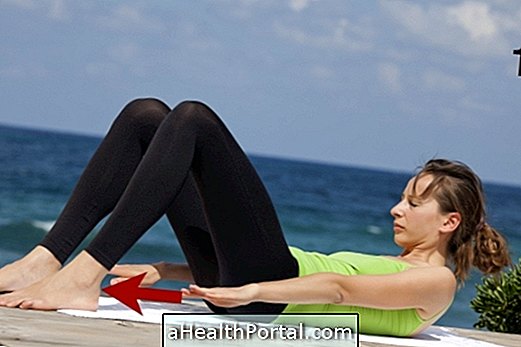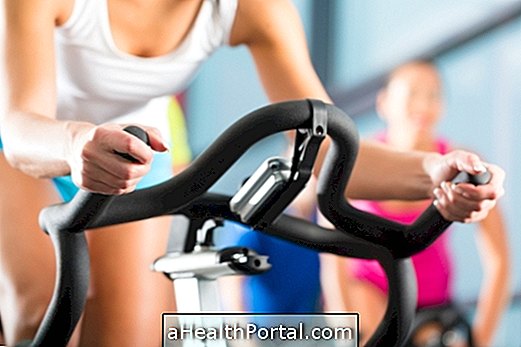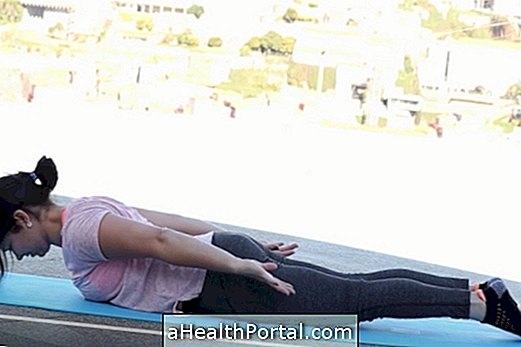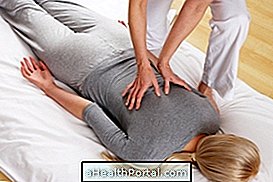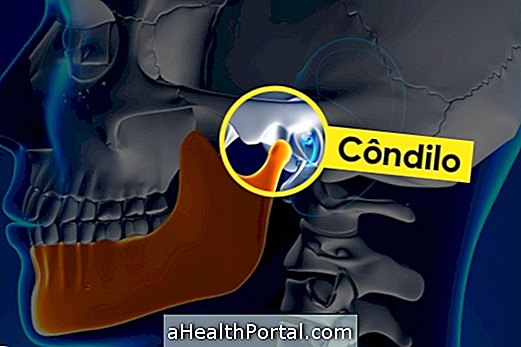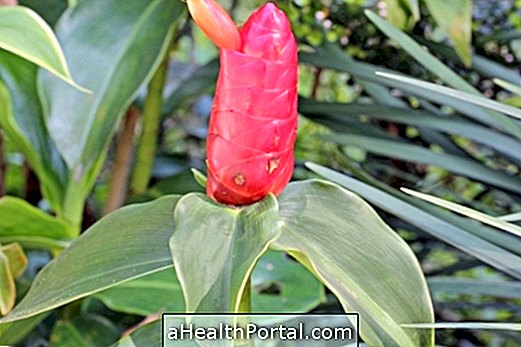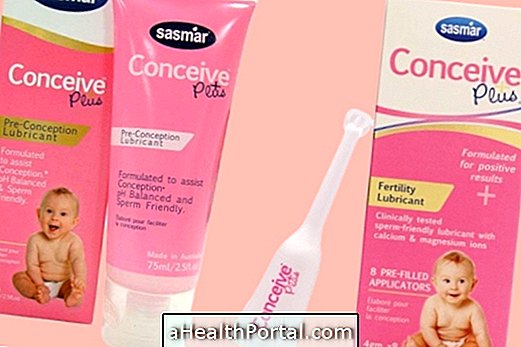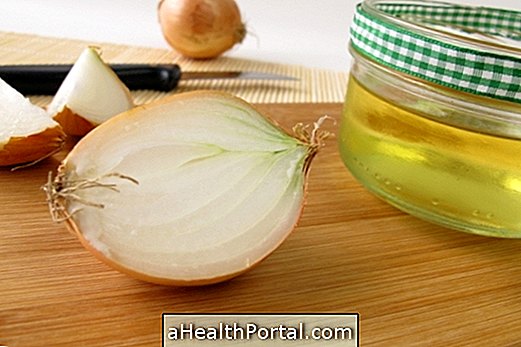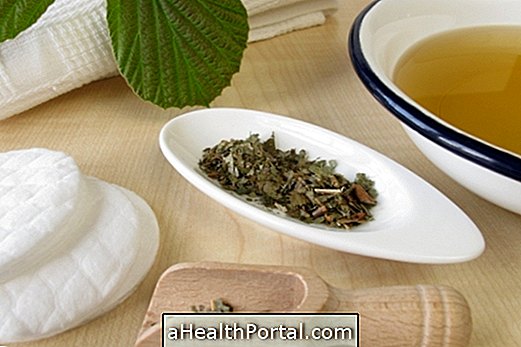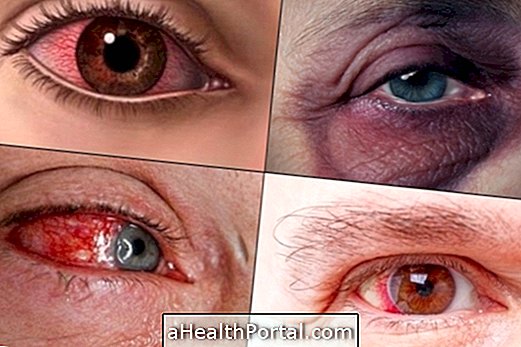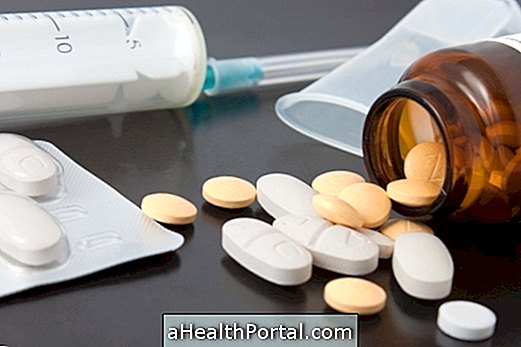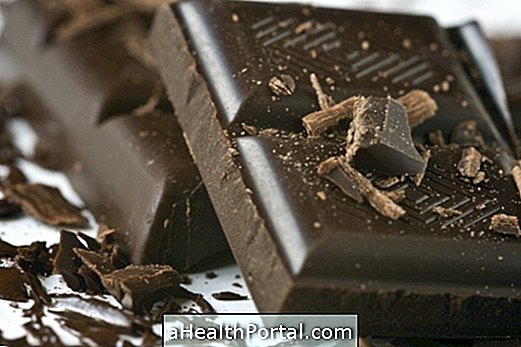In order to cure iliotibial band syndrome, the use of anti-inflammatory ointments, myofascial release techniques, and stretching and muscle strengthening exercises is recommended to avoid the imbalances that favor the installation of the friction between the ligament and the bone.
The iliotibial band syndrome, also known as the runner's knee, is characterized by pain in the lateral knee that is common in long distance runners, who may be athletes or not, only practicing races over 10 km and also in cyclists.
This pain is caused by the friction of a ligament with the femur, near the knee, which ends up generating an inflammation in this place. A common cause is that the person practices running on circular tracks, always in the same direction or in descents, which can be even more worrying in people who have the knee turned naturally more into the body.
How to identify
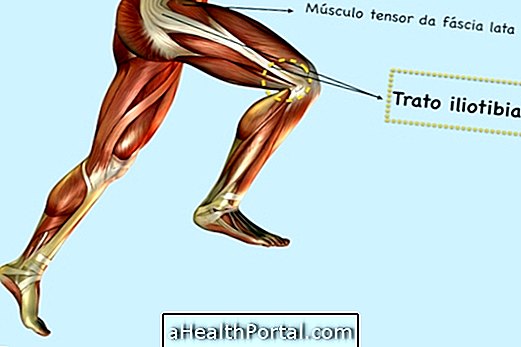
The syndrome of the iliotibial band has as symptom the pain in the side of the knee that worsens when running and when going up or down stairs. The pain is more frequent in the knee but it can extend to the hip, influencing the entire side of the thigh.
The diagnosis can be made by the doctor, physiotherapist or coach and does not require X-ray imaging because the lesion does not present any bone changes, but to exclude other hypotheses, the doctor may recommend it.
Treatment for Iliotibial Band Syndrome
The first focus to treat iliotibial band syndrome is to combat inflammation by using anti-inflammatory ointments that can be applied to the painful region 2-3 times daily with a small massage until the product is fully absorbed through the skin. Putting on ice packs also helps relieve pain and fight inflammation, but these should not be used in direct contact with the skin to avoid the risk of burn and should not be used for more than 15 minutes at a time.
It is also important to perform stretching exercises with every muscle in the hip and thigh lateral region, called the fascia lata tensor, but one technique that is very efficient is to detach the ligament using a massage ball that contains small 'spines' using a stiff foam roller to rub the area or use the tips of the thumb and forefinger to rub the sore spot.
Stretching for iliotibial:

Lie on your belly up and use a belt or tape to go under your foot and raise your leg to the maximum you can until you feel stretch the entire back of your thigh and then tilt your leg to the side toward the middle of the thigh body until stretching the entire lateral region of the leg where there is pain. Stand in this position for 30 seconds at 1 minute at a time and repeat the exercise at least 3 before and after using the roller.
In this stretch, it is important not to remove the hip from the floor, if it seems easier, you can bend the opposing leg slightly to keep the spine properly positioned on the floor.
Myofascial release with roller:

Lie on your side over the roll that shows the image and slide the roll onto the floor, using the body weight so that it rubs the entire side region for 2 to 7 minutes. You can also rub the sore area with a tennis ball or massage ball on the floor, using the weight of your body.
KT Taping to reduce friction:

Placing a taping tape across the entire thigh is also a good way to reduce the friction of the tissue with the bone. The tape should be placed 1 finger below the knee line and throughout the muscle extension and iliotibial tendon but for it to have the expected effect, it should be placed during a stretching of that muscle. To do this one must cross the leg and tilt the torso forward and to the opposite side of the injury, the length of this tape should be about 20 cm. A second bandage may be applied cut in half to enclose the iliotibial muscle womb, closer to the hip.
How to avoid lateral knee pain
One of the ways to treat this syndrome is to strengthen the hip muscles with exercises because the knee can become more centralized, reducing the risk of this friction that gives rise to inflammation and consequently pain. Pilates exercises can be very useful for stretching and strengthening the muscles of the legs and buttocks, realigning the whole body.
To correct the run in the run it is also important to bend the knee slightly while running to dampen the impact with the ground and therefore it is not recommended to run with the always very stretched leg because it increases the risk of the attrition of the iliotibial band.
In people who have the knee naturally facing inward or with flat feet it is also important to correct these changes through physical therapy with global postural reeducation to decrease the risk of return of this inflammation.
